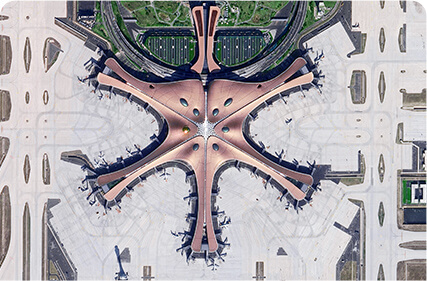English
In the ever-evolving world of space research, technological advancements play a crucial role in expanding our knowledge of the universe. Cubesat infrared cameras have emerged as a revolutionary tool, providing invaluable insights and redefining our understanding of space exploration. This blog will delve into the significance of these miniature infrared cameras and their contribution to modern space research.
In recent years, the size, cost, and capabilities of satellites have undergone a significant transformation. Cubesats, small and affordable satellites measuring just 10cm x 10cm x 10cm, have emerged as a breakthrough in space research. Leveraging miniaturization and advanced design techniques, these tiny satellites are capable of carrying out a wide range of scientific missions, including capturing high-resolution imagery using infrared cameras.
Infrared imaging technology has revolutionized space research by allowing scientists to observe and analyze celestial bodies and phenomena in ways previously unimaginable. Cubesat infrared cameras utilize sensors capable of detecting and measuring infrared radiation emitted by various objects in space. This data provides valuable insights into the composition, temperature, and behavior of celestial bodies, enabling researchers to better understand the intricate workings of the universe.
With their compact form-factor and affordability, cubesat infrared cameras have opened up new avenues in astrophysics. Researchers can now deploy multiple cubesats equipped with infrared cameras to capture high-resolution images of celestial bodies simultaneously. This multi-perspective approach allows for enhanced data analysis, enabling scientists to unravel complex astrophysical phenomena.
The advanced capabilities of cubesat infrared cameras have enabled the detection and characterization of exoplanets, planets orbiting stars outside our solar system. By measuring the infrared radiation emitted by these planets, scientists can determine their composition, atmosphere, and potential habitability.
Cubesat infrared cameras prove invaluable in Earth observation missions, providing valuable data on climate change, natural disasters, and environmental phenomena. These cameras can monitor temperature gradients, track wildfires, and even detect subtle changes in vegetation, contributing to better understanding and mitigation of climate-related issues.
Infrared cameras mounted on cubesats allow researchers to accurately measure specific wavelengths of light, enabling the study of atmospheric conditions and the composition of Earth's atmosphere. Such data supports climate models and helps scientists predict climate patterns with greater accuracy.
Cubesat infrared cameras represent a significant breakthrough in space research, empowering scientists with invaluable insights into the universe and our own planet. These miniature marvels have redefined the ways in which we explore celestial bodies and study Earth, contributing to advancements in astrophysics, climate science, and more. As technology continues to advance, the potential of cubesat infrared cameras is set to expand further, propelling us into new frontiers of space research.
